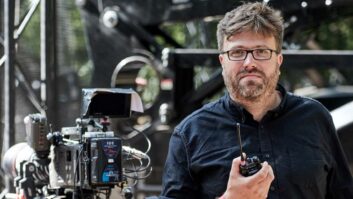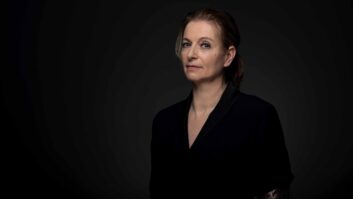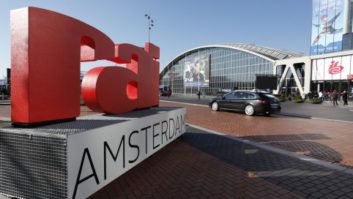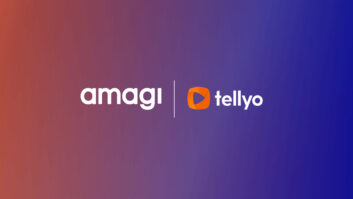There is no doubt that consumers still love linear TV, with 80 per cent of viewing still via live. However, it’s evident that traditional TV consumption is changing. The emergence of online channels and mobile devices is providing viewers with increasingly on-demand, non-linear services which could present a threat to operators who cannot support changing consumer demands.
People are watching more television and consuming more content, but the key divergence has been in the viewing experience, which has expanded to multiple screens, live streaming and OTT. Broadcast TV is being challenged by new entrants who are competing to capitalise on evolving consumer preferences, whether that’s social media or on demand services. Traditional pay TV models are also under attack as new, flexible monthly offerings provide consumers with wider choice.
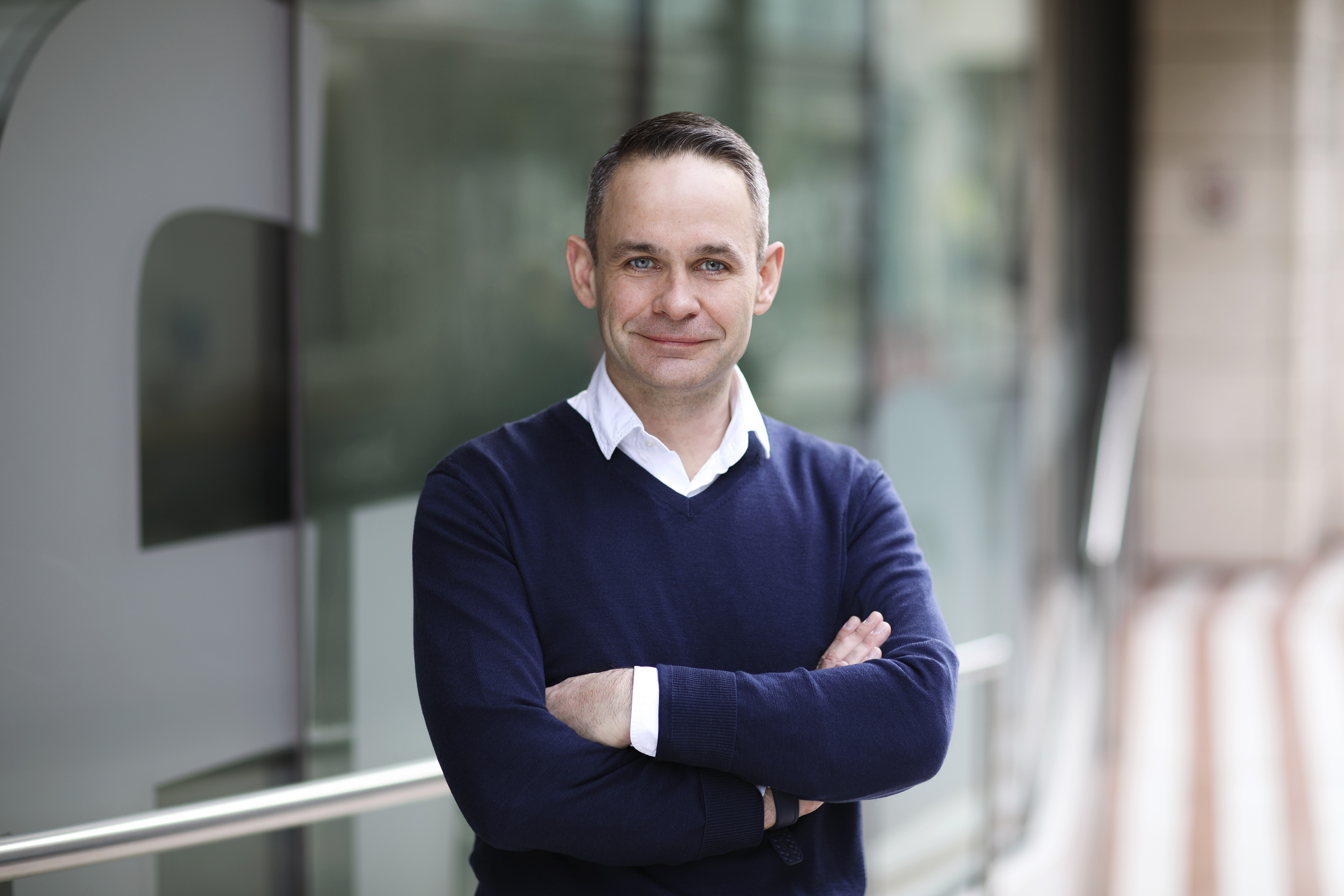
The significant advances in technology and high quality of content available online has led to fundamental changes in industry dynamics. Viewers are gaining access to a massive amount of non-linear online content, and subsequently, business models must adapt to take advantages of the opportunities provided by these new channels.
Online, mobile, and non-linear viewing is here to stay, and broadcasters that can successfully restructure their business models to keep pace with evolving viewer preferences have much to gain. For free-to-air (FTA) platforms, such as Freesat, the challenge lies in keeping up with new and innovative services, producing better content to captivate audiences and positioning FTA as a credible Pay TV alternative.
Consumers take control
Consumers are in control – using more devices, to watch content from more channels, more than ever before. That means content must be available when, where and how they want it. It has to be perfected for the specific devices that consumers are using at any one time, to create the high-quality experience that is increasingly sought after.
For broadcasters, it’s important to understand that while their traditional linear audience is shifting, that doesn’t mean they have fewer viewers overall. Their viewers are just watching in different places and it’s important to measure this consumption across platforms and distribution channels to get the complete picture of audience behaviour.
It’s no secret that digital technology is changing the landscape. Traditional broadcast roles are being challenged and broadcasters are looking for ways to add value to their existing services to drive revenue and maintain loyalty from their existing customer base.
Free-to-air goes from strength to strength
As the traditional barriers to broadcast are broken down, Free TV in the UK is a stronger proposition than ever before, with the number of FTA channels growing exponentially from five terrestrial in 2007 to over 200 digital TV and radio channels today. Huge developments in OTT services and the way people watch TV has opened up the possibilities for free TV to offer consumers what they really want – their favourite channels with great additional features like catch up, restart and box sets of their favourite programmes available on demand.
However, to keep up with the digital TV landscape, broadcasters need to innovate their business models to offer a flexible platform with a broad range of capabilities that can be easily tailored to fit specific operator requirements. TV services such as Metaphor provide broadcasters with a smart TV solution that can integrate On Demand services into their existing linear broadcast offering. This enables operators to meet consumer demands for a fraction of the standard industry timescales and costs.
While there is no sign we are falling out of love with television as a nation, audiences rightly expect greater choice and flexibility in how, where and when they watch the programmes they love. As the development of new services make it easier to switch seamlessly between broadcast and catch-up TV, there’s no doubt that the future of TV will be increasingly hybrid – a rich mix of free-to-air channels and online services.
